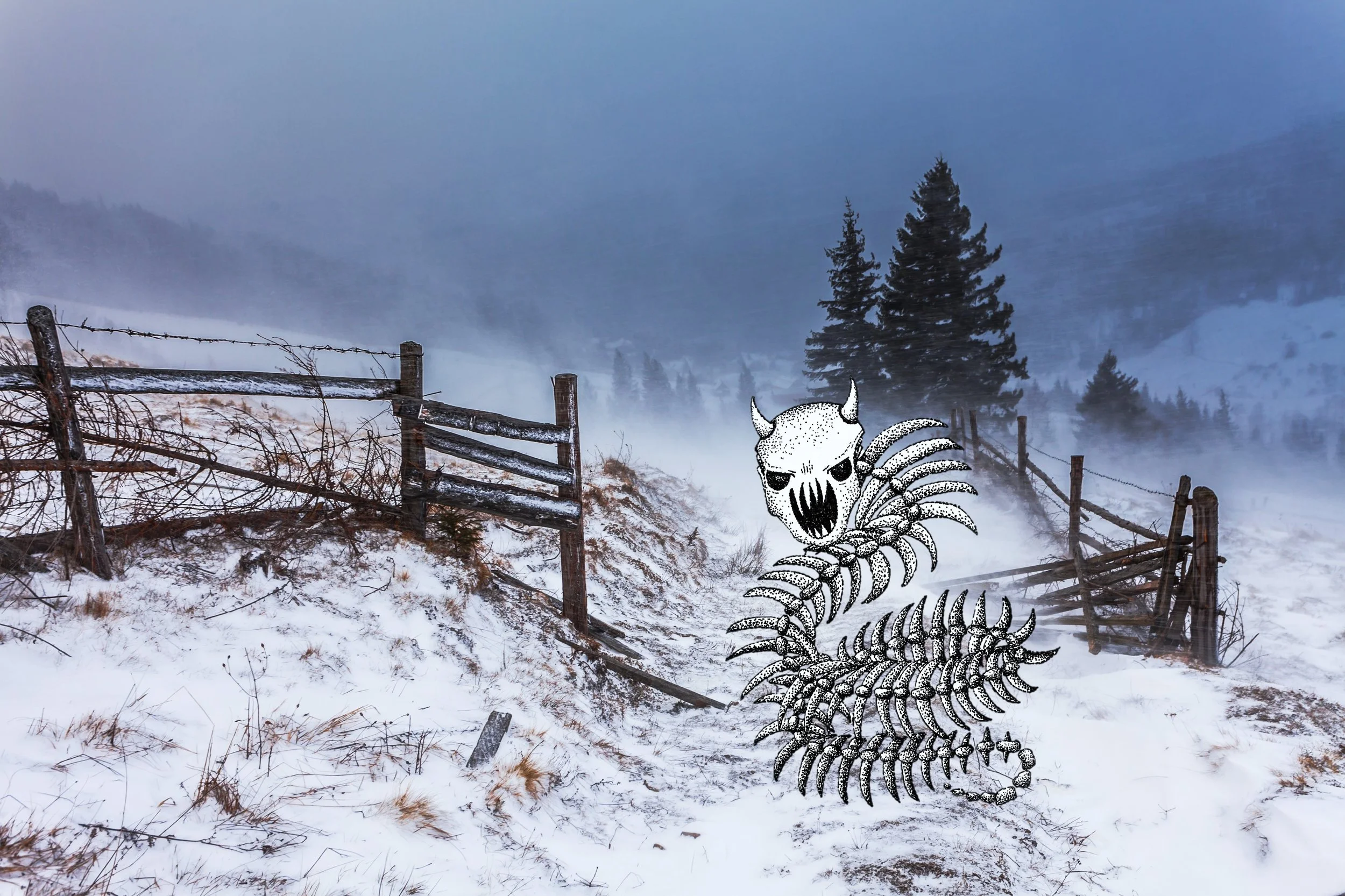For regular writing tips, sign up for my newsletter for writers :)
Today I finished up the next book in my fake university program TBR list, called Writing Monsters by Philip Athans. It had some super useful info in it, particularly if you’ve never written monsters before. He also provides significant detail in regards to ideating monsters, world-building, and the actual writing process. In addition, he provides a lot of examples from pop culture and classic literature, so it’s easy to understand exactly what he’s talking about. I would definitely say the book is geared toward beginner writers, or at least, writers who haven’t done much of their own monster ideation before.
For this essay, however, I want to talk about my own thoughts on crafting monsters. I have an entire series on it, after all: Land of Szornyek.
When I first envisioned the Land of Szornyek world, it was from the perspective of a sort of “monster of the week” episodic story structure. I wanted each chapter to feature a new, different, yet equally terrifying monster, and force my character to face off with them over and over and over again.
But the thing is, coming up with monster after monster after monster is hard. I kept a list of “monster features” which included things like: tentacles, too many eyeballs, claws, lizard skin, slime, fluids, aggression, poison, spines, etc. I drew pictures to help keep my imagery straight. I googled artist renditions of their own made-up monsters, and sifted through old-school monster behaviors like zombies (eating brains), vampires (sucking blood), or werewolves (shapeshifting).
I used elements of plot and characterization to invent monsters, asking questions like:
Where is my character and where does she need to go, and what can prevent her from getting there?
What is my character most afraid of and what kind of monster could manifest that fear?
What are my character’s weaknesses and how could a monster exploit those?
What is my character trying to achieve, and what is the most difficult possible route she could take towards that goal?
What does my character believe is true, and what type of monster could prove that is false?
What does my character want to believe, and what kind of monster could disrupt that?
And, when it came right down to it, I used the good, old fashioned delete button a lot. Too boring? Delete. Too cliché? Delete. Too easy? Delete. Too impossible? Delete.
I think monsters offer an interesting tool for writers to expose their readers’ sense of fear, excitement, dread, despair, and disgust. There are a lot of reasons why we don’t want to do certain things in life, or why we might refuse to go near something or someone.
Fear is the most obvious—arachnophobia, claustrophobia, hemophobia, and of course my favorite, hippopotomonstrosesquipedaliophobia (fear of long words lol).
But monsters don’t always have to be about fear. Monsters can be about adrenaline rushes and excitement, too. We know our character is going to win, but how will they do it, and what will they have to lose in order to survive?
Monsters can be about dread—it’s less about the monster itself, but the reluctance to face our own fears.
Monsters can be about despair—that feeling that all is lost, that there is no hope. And depending on the story, sometimes hope will prevail, but sometimes despair will win out. Even if the character survives the encounter, if they lose too much, if the cost is too great, then we can feel true despair.
Monsters can also be about disgust. We live our lives feeling disgusted—dirt, mold, dirty diapers, excrement, rotten food, people we don’t like, politics, alternative morality and ethics. Even our internal biases are often based around disgust toward people who we don’t understand, who are different than us. Monsters can harness this feeling of disgust as well. Just imagine this word: pustules. There you go—disgust lol.
Experiencing emotions through fiction is one of the easiest ways to practice feeling feelings.
Practice feeling feelings? you ask. Yes. If you practice feeling feelings, you can interrogate them in a safe space, better learn why you have those feelings, and teach yourself to respond to them.
Practice feeling feelings.
While romance can help us practice feel fun feelings like love and desire and arousal, monsters can help us practice difficult feelings, like fear, anger, dread, and disgust.
And that is why they’re so fricking great.
For regular writing tips, sign up for my writing-specific newsletter!




